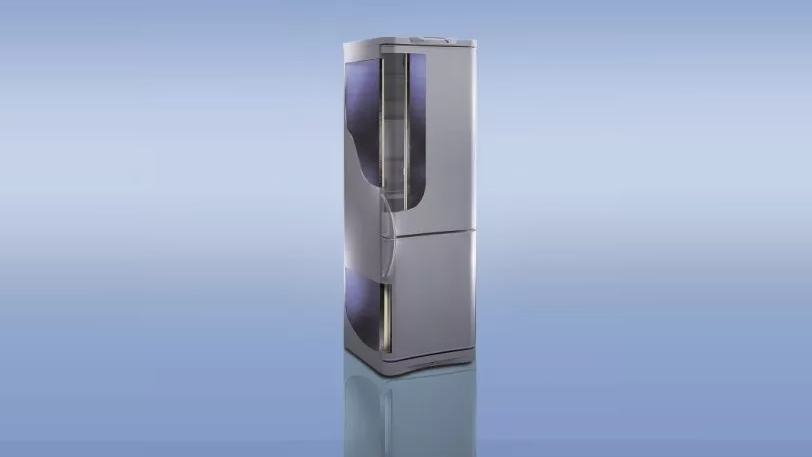Vacuum Insulation Panels used in Appliances
Thermal Conductivity and Energy Efficiency in Household Appliances


Thermal Conductivity and Energy Efficiency in Household Appliances
The Energy Efficiency in household appliances depends mostly on the properties of the thermal insulation solution used. The main challenge is how to increase performance levels without compromising the internal dimensions or changing the standard sizes.
The thermal conductivity of VIPs is around 7 times smaller than bulky PU foam insulation. VIPs are a remarkable solution to increase the efficiency level of appliances as well as the useable internal volume. Moreover VIPs don’t require extensive constraints or modifications to the structural or external design. In addition, VIPs can contribute to solving sweating problems in areas where there is no room for a thick insulation layer.
As a result of continued R&D on core materials and envelopes, VIP technology has contributed extraordinarily to the increase of the efficiency of commercial and home appliances. For appliance applications, properties such as pressure increase (mbar/year), moisture accumulation (as a percent of mass per year) and thermal conductivity (W/m-K) are well understood and predictable. Failure risks are very low and panels are very durable. They are thought to maintain a low thermal conductivity for 25 years or more, which makes them ideally suited for appliance applications.

In the EU, different household appliances including fridges, freezers and wine coolers come with an energy label indicating their energy efficiency, with a scale from A (most efficient) to G (least efficient). The grade is based on how many units of energy they use per hour (their kWh consumption).
The equivalent exists in the USA with the Energy Star label. Products that meet strict energy-efficiency requirements set by the U.S. Environmental Protection Agency (EPA) can be awarded the Energy Star label.
Thanks to their outstanding thermal performance, VIPs are used in household appliances (fridges and freezers) to qualify for the highest energy class in the European Union and in the USA (energy star system).
(Source: Photo provided by va-Q-tec)